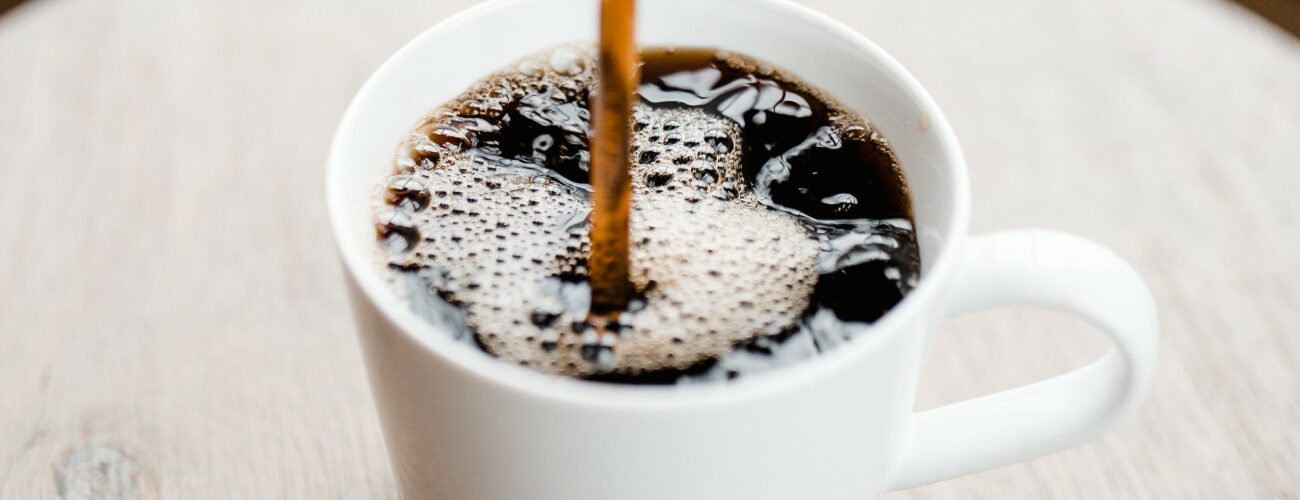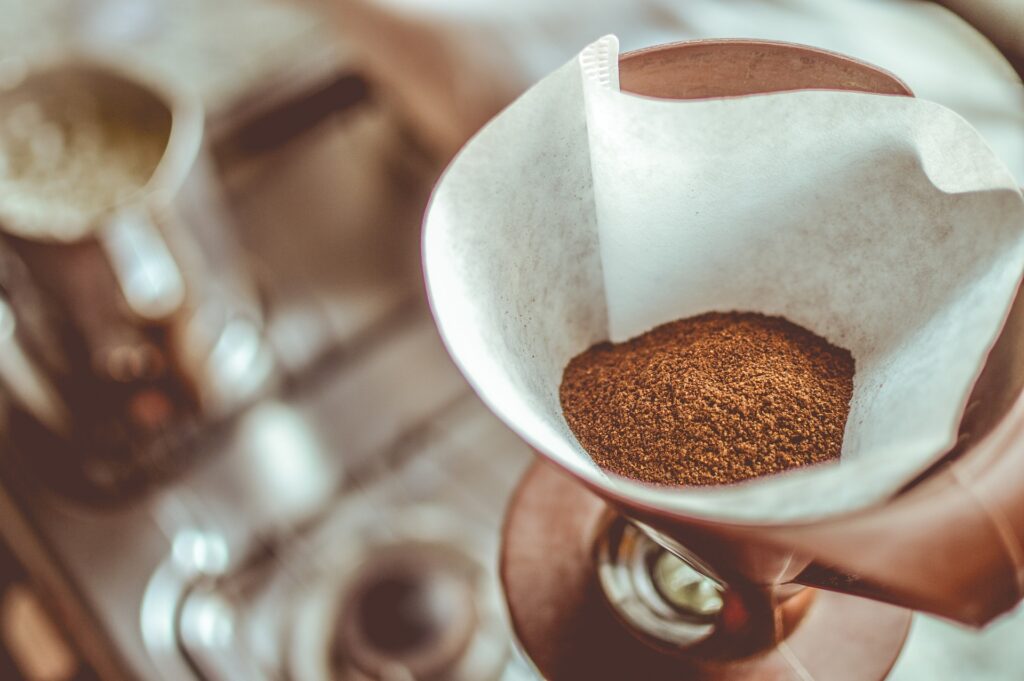
Coffee is one of the most popular beverages in the world. It’s enjoyed by millions of people every day, but not everyone knows what goes into making a perfect cup of coffee. In this article, we’ll explore the science behind coffee extraction and strength, and how you can use this knowledge to brew the perfect cup of joe.

Table of Contents | Coffee Extraction and Strength
- Introduction
- What is Coffee Extraction?
- Factors Affecting Coffee Extraction
- Coffee Grind Size
- Water Temperature
- Brew Time
- Coffee-to-Water Ratio
- Coffee Quality
- Measuring Coffee Strength
- TDS (Total Dissolved Solids)
- Extraction Yield
- Achieving the Perfect Balance
- Adjusting Coffee Grind Size
- Adjusting Water Temperature
- Adjusting Brew Time
- Adjusting Coffee-to-Water Ratio
- Conclusion
- FAQs
1. Introduction of Coffee Extraction and Strength
Coffee extraction and strength are two of the most important aspects of brewing a perfect cup of coffee. Extraction refers to the process of dissolving the coffee solids in water, while strength refers to the concentration of those solids in the final cup. Understanding the science behind these processes can help you achieve a perfect balance of flavor, aroma, and strength in your cup of coffee.
2. What is Coffee Extraction?
Coffee extraction is the process of dissolving the coffee solids in water. This process is influenced by several factors, including grind size, water temperature, brew time, coffee-to-water ratio, and coffee quality. The goal of coffee extraction is to dissolve the desired amount of coffee solids without over-extracting or under-extracting them.
3. Factors Affecting Coffee Extraction
3.1 Coffee Grind Size that affects Coffee Extraction and Strength
Coffee grind size is one of the most important factors affecting coffee extraction. Finely ground coffee will extract more quickly than coarsely ground coffee, resulting in a stronger, more bitter flavor. Conversely, coarsely ground coffee will extract more slowly, resulting in a weaker, less flavorful cup.
3.2 Water Temperature
Water temperature is another important factor affecting coffee extraction. Ideally, water should be heated to between 195 and 205 degrees Fahrenheit (90 and 96 degrees Celsius) for optimal extraction. Water that is too hot can over-extract the coffee, resulting in a bitter taste, while water that is too cool can under-extract the coffee, resulting in a weak, bland cup.
3.3 Brew Time
Brew time refers to the length of time that the coffee is in contact with water. The longer the brew time, the more coffee solids will be extracted, resulting in a stronger, more intense flavor. However, if the coffee is over-brewed, it can become bitter and unpleasant.
3.4 Coffee-to-Water Ratio
The coffee-to-water ratio refers to the amount of coffee used relative to the amount of water. The optimal ratio is generally considered to be 1:16, or one part coffee to sixteen parts water. Using too much coffee will result in an overly strong cup, while using too little will result in a weak, watery cup.
3.5 Coffee Quality
The quality of the coffee itself also plays a role in extraction. High-quality coffee beans will generally produce a more flavorful cup, while lower-quality beans may result in a weaker, less satisfying cup.
4. Measuring Coffee Strength
Measuring the strength of your coffee is important for achieving a consistent and satisfying cup. There are two common methods for measuring coffee strength: Total Dissolved Solids (TDS) and Extraction Yield.
4.1 TDS (Total Dissolved Solids)
TDS is a measure of the amount of coffee solids that are dissolved in the final cup. This measurement is expressed as a percentage of the total liquid volume. A typical range for TDS in coffee is between 1.15% and 1.45%. A TDS measurement can be obtained using a refractometer or a specialized coffee brewing app.
4.2 Extraction Yield
Extraction yield is a measure of how much coffee has been extracted from the grounds. This measurement is expressed as a percentage of the total coffee solids in the grounds. A typical range for extraction yield in coffee is between 18% and 22%. Extraction yield can be calculated using a coffee brewing app or a specialized software.
5. Achieving the Perfect Balance
Achieving the perfect balance of flavor, aroma, and strength in your cup of coffee requires careful attention to the factors affecting coffee extraction. Here are some tips for adjusting your brewing process to achieve the desired balance:
5.1 Adjusting Coffee Grind Size
If your coffee is too bitter or strong, try using a coarser grind. If it’s too weak or bland, try using a finer grind.
5.2 Adjusting Water Temperature
If your coffee is too bitter or burnt-tasting, try using slightly cooler water. If it’s too weak or flavorless, try using slightly hotter water.
5.3 Adjusting Brew Time
If your coffee is too bitter or over-extracted, try reducing the brew time. If it’s too weak or under-extracted, try increasing the brew time.
5.4 Adjusting Coffee-to-Water Ratio
If your coffee is too strong, try using less coffee or more water. If it’s too weak, try using more coffee or less water.
6. Conclusion
Coffee extraction and strength are essential components of brewing a perfect cup of coffee. By understanding the factors that affect coffee extraction, measuring coffee strength, and adjusting your brewing process, you can achieve the perfect balance of flavor, aroma, and strength in your cup of coffee.
7. FAQs
- What is the best coffee-to-water ratio for brewing coffee? The optimal coffee-to-water ratio is generally considered to be 1:16, or one part coffee to sixteen parts water.
- What is the ideal water temperature for brewing coffee? The ideal water temperature for brewing coffee is between 195 and 205 degrees Fahrenheit (90 and 96 degrees Celsius).
- How do I adjust the strength of my coffee? You can adjust the strength of your coffee by adjusting the coffee grind size, water temperature, brew time, or coffee-to-water ratio.
- What is TDS in coffee? TDS is a measure of the amount of coffee solids that are dissolved in the final cup. It’s expressed as a percentage of the total liquid volume.
- What is extraction yield in coffee? Extraction yield is a measure of how much coffee has been extracted from the grounds. It’s expressed as a percentage of the total coffee solids in the grounds.


